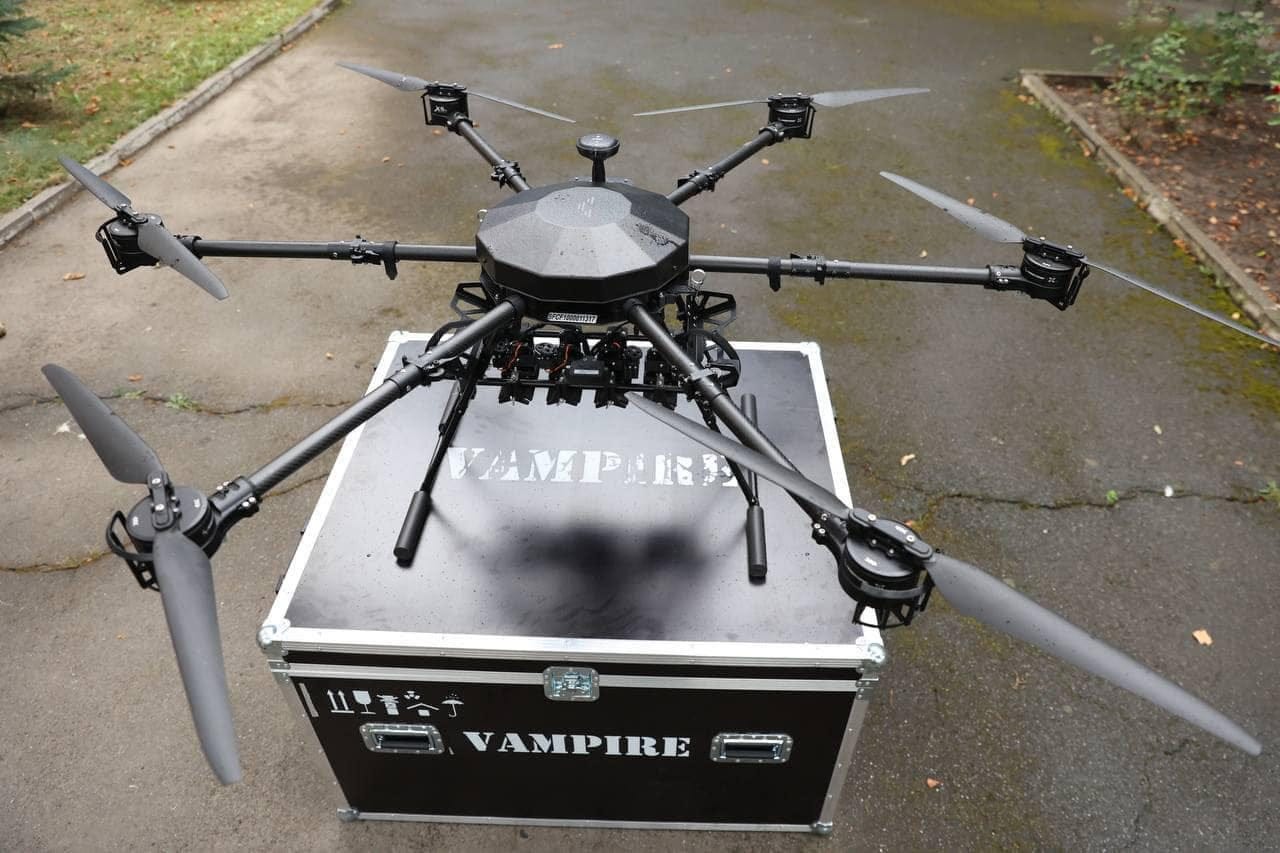Drone warfare in Ukraine: the fiber-optic race, the "Vampire," and Russia’s new ‘indestructible’ drone
Three key stories of the week: Apr. 23 - Apr. 29, 2025.

The drone race remains intense. While Ukraine leads in the development of naval unmanned vehicles and ground-based systems, Russia has thus far dominated the fiber-optic segment, with its drones reportedly demonstrating significantly higher accuracy than their Ukrainian counterparts. Additionally, Russia has begun deploying a new loitering munition known as the “Banderol”, for which effective countermeasures have yet to be identified.
Later this week, I’ll be sharing an overview of a very important report on Ukraine’s drone ecosystem—a must-read for everyone.
Thank you for reading and supporting my work!
According to estimates, Ukrainian fiber-optic drones have a significantly shorter flight range to targets than their Russian counterparts, reports Militarny. According to the founder and CEO of Vyriy Industry, the success rate of Ukrainian fiber-optic drones over distances up to 15 km is about 10–30%, depending on the unit and drone manufacturer. When using spools at 10 km, the success rate improves up to 50%. Meanwhile, in Russian units, this figure reaches 80% for flights up to 20 km. However, the 20% failure rate is most likely due to pilot errors rather than technical problems.
The difference lies in the different approaches to creating signal transmitters for fiber optics. Ukrainian companies use emissions with wavelengths of 1550 nanometers for video and 1310 nanometers for control. In contrast, Russian drones operate in the 1490–1550 nanometer range, where attenuation is two and a half times lower. Furthermore, their signal transmitters have twice the power. While Ukrainian drones use analog cameras, the Russians use digital IP cameras.
However, this solution is more expensive than what is used in Ukrainian drones.
Another factor affecting efficiency is the thickness of the fiber-optic cables. The thicker the fiber, the more resistant it becomes to breaking or bending in flight. However, increasing thickness also adds to the drone’s weight, cost, and overall dimensions. Ukrainian manufacturers typically use thin cables with a diameter of 0.25 mm, while the Russians have established the use of both thin and thick cables.
To achieve parity with Russian forces, Ukraine’s Defense Forces need to more actively develop fiber-optically controlled drones capable of operating at distances of 20 kilometers or more, the head of the SBU's Special Operations Center "A" told.
On April 27, it was reported that Russia had started mass production of Knyaz Vandal fiber-optic drone. According to officials, “The main advantages of KVN [Knyaz Vandal] are: invulnerability to electronic warfare, non-direction finding by means of electronic intelligence, very high speed of the information exchange channel”. The data is transmitted at 1 gigabit per second in both directions. Russian sources report that the drone can carry a cable up to 20 kilometers long, though a 10-kilometer spool weighs approximately 2.3 kilograms, impacting flight dynamics. The Knyaz Vandal achieves a reported hit accuracy of 95%, compared to 20% for standard FPV drones.
Ukraine’s Ministry of Defense has codified and approved for service the domestically-produced “Hromylo Optic” fiber-optic drones. These UAVs are equipped with interchangeable video systems featuring daylight, low-light, or thermal (night) cameras, allowing for accurate and reliable target identification at any time of day. “Hromylo Optic” drones are already in use by military units, with confirmed strikes on tanks, armored personnel carriers, and enemy firing positions. In response to military requests, the manufacturer has produced larger "Hromylo" models with frames 10 inches bigger.
Since the beginning of 2025, Ukraine’s Ministry of Defense has codified and approved for service nearly 40 models of unmanned aerial systems using fiber-optic control channels, including about 15 of them in April alone.
The Vampire: a drone that terrifies Russians
One of the drones most frequently mentioned by commanders of Ukrainian UAV-operating units for its effectiveness on the battlefield is the Vampire drone — nicknamed "Baba Yaga" by the Russians — produced by the Ukrainian SkyFall drone factory.
Keep reading with a 7-day free trial
Subscribe to Ukraine's Arms Monitor to keep reading this post and get 7 days of free access to the full post archives.



